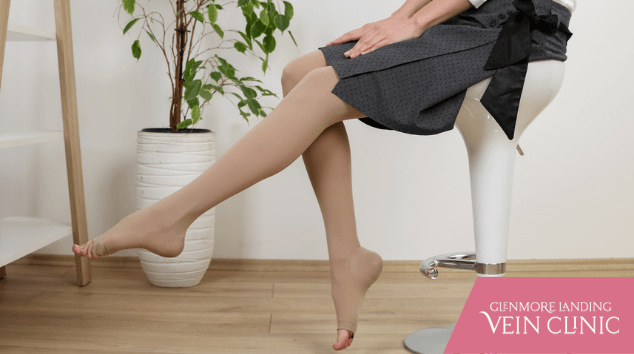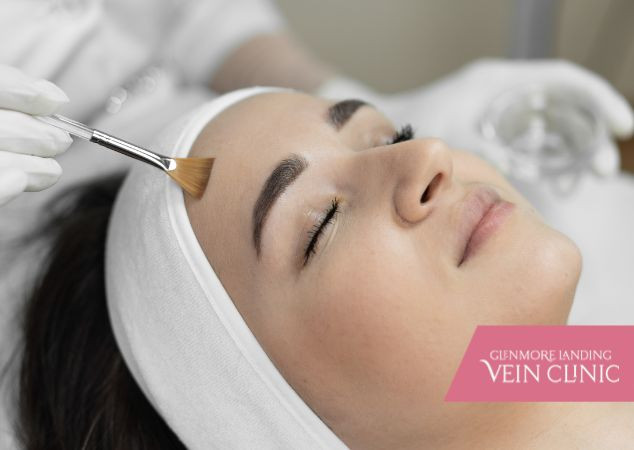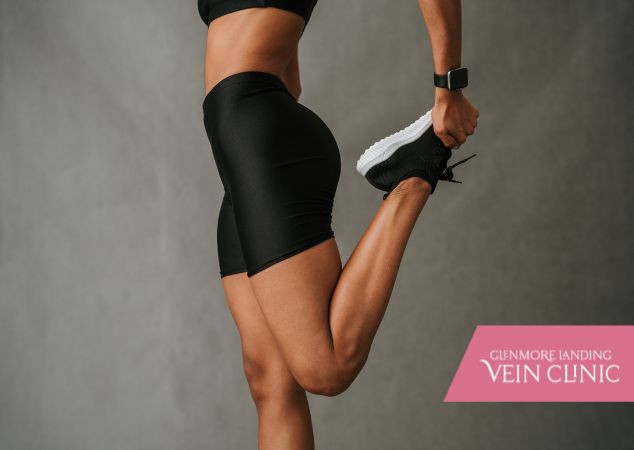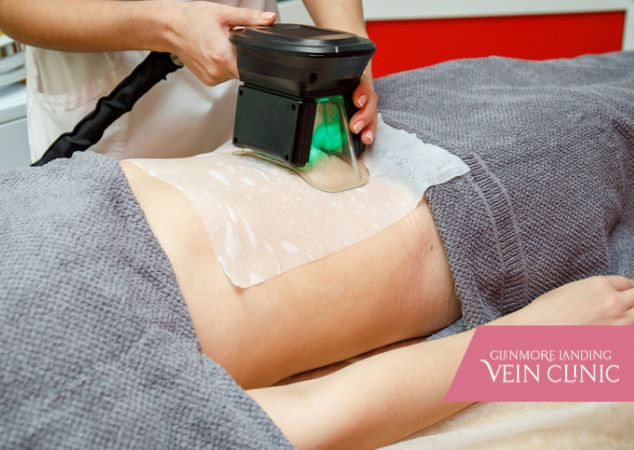How Do Compression Stockings Work?
Compression stockings work by applying pressure on the veins and tissues in your feet and legs to optimize blood flow, or circulation. Compression socks will also aid in the prevention of blood clots, reduce pain and fatigue, and minimize swelling. These stockings are often graduated, applying stronger pressure on the feet and lower legs and more gentle pressure as they move up the leg.
Compression levels are measured in units called mmHg (millimetres of mercury) that denotes a certain amount of pressure. Over-the-counter compression stockings will range from 15-20 mmHg, and medical class stockings can range from 20 up to 50 mmHg. Your doctor will be able to advise you which compression level is right for you.
What Do Compression Stockings Do?
Compression socks:
- Improve circulation
- Relieve pain and fatigue
- Prevent blood clots in the legs
- Prevent and soothe venous ulcers, varicose veins, and spider veins
- Reduce swelling in the legs and ankles
- Promote and support vein health
Who Can Benefit From Compression Stockings?
- Pregnant Women: Increased blood volume during pregnancy can put some women at increased risk for leg and ankle swelling, impaired circulation, and varicose veins. Compression stockings can reduce this risk and can ease discomfort.
- People With Certain Medical Conditions: People who are at increased risk of blood clots in the legs, also known as deep vein thrombosis, due to family history, genetic disorders, surgery, injury, certain medications, or prolonged inactivity such as bed rest can benefit from the increased circulation promoted by compression stockings. People with venous ulcers, and varicose and spider veins can find symptom relief and vein support with compression stockings, especially while recovering from treatment.
- Athletes: Compression stockings are increasingly sought after by athletes wishing to improve athletic performance and relieve post-workout discomfort and fatigue. Many athletes choose to use compression stockings both during and after training and competition.
- Travellers: Extended periods of inactivity while travelling can compromise your circulation and increase your risk of developing DVT, or deep vein thrombosis. Research suggests that wearing compression stockings during travel can reduce this risk and support your vein health.
- People On The Go: Anyone who spends a significant portion of their day on their feet, standing or moving, can avoid swelling and fatigue and increase their comfort with compression stockings.
Relief And Improved Vein Health With Compression Stockings From Glenmore Landing Vein Clinic
If you are experiencing leg pain and fatigue, swelling, have or are at risk for varicose or spider veins, are pregnant, planning to travel, or looking to support your vein health during athletic training or competition, compression stockings will relieve your symptoms and facilitate healthy veins in your legs and feet. Glenmore Landing Vein Clinic in SW Calgary offers the Sigvaris line of compression stockings in a variety of styles, mmHg pressures, and uses. We provide our patients with top-quality compression garments at affordable prices.
Glenmore Landing Vein Clinic has been helping Calgarians find relief from varicose veins and poor vein health for over 20 years. Our team is committed to providing patients with vein and cosmetic rejuvenation treatments for optimal health and quality of life. To find out more about our catalogue of compression stockings or to explore how we can help minimize the symptoms of varicose veins for more comprehensive relief, book your free consultation with our vein specialists or call Glenmore Landing Vein Clinic at 1-403-253-2555.
FAQ
Q: Who should avoid compression stockings?
A: Your doctor is the best person to advise whether compression stockings are right for you, but in general, people with nerve sensory conditions, extreme edema (swelling), certain infections, and fragile skin may not be suitable patients for compression stockings.
Q: How should I put on my compression stockings?
A: Patients often have trouble putting on compression stockings, but if you know the right techniques, it is a simple process. Here are 5 tips to follow:
- Put your compression stockings on in the morning, as this is when your legs have the least amount of swelling.
- Ensure your legs and feet are dry. You can use baby powder or talcum powder to reduce friction.
- Donning or rubber gloves can make it easier and faster to pull the stocking up your leg. This will also prevent snagging or tears in the stocking.
- It’s important to check that the fabric is evenly distributed over the leg, with no wrinkles. Make sure to centre the heel of the sock properly.
- NEVER fold the band at the top of the stocking as this will constrict leg circulation.
If your toes start to tingle while you are wearing your compression stockings, you should remove them immediately and contact your doctor or vein specialist. Never cut or modify the stocking fabric as this will alter the compression.
Q: How long should I wear my compression stockings?
A: It is generally not harmful to wear your compression stockings all day, but it is usually not necessary. It can be beneficial to give your skin some time to breathe without stockings. If you do want to or have been advised to wear them at night, you can often switch to a lighter compression strength for increased comfort.






%20(1).png)
